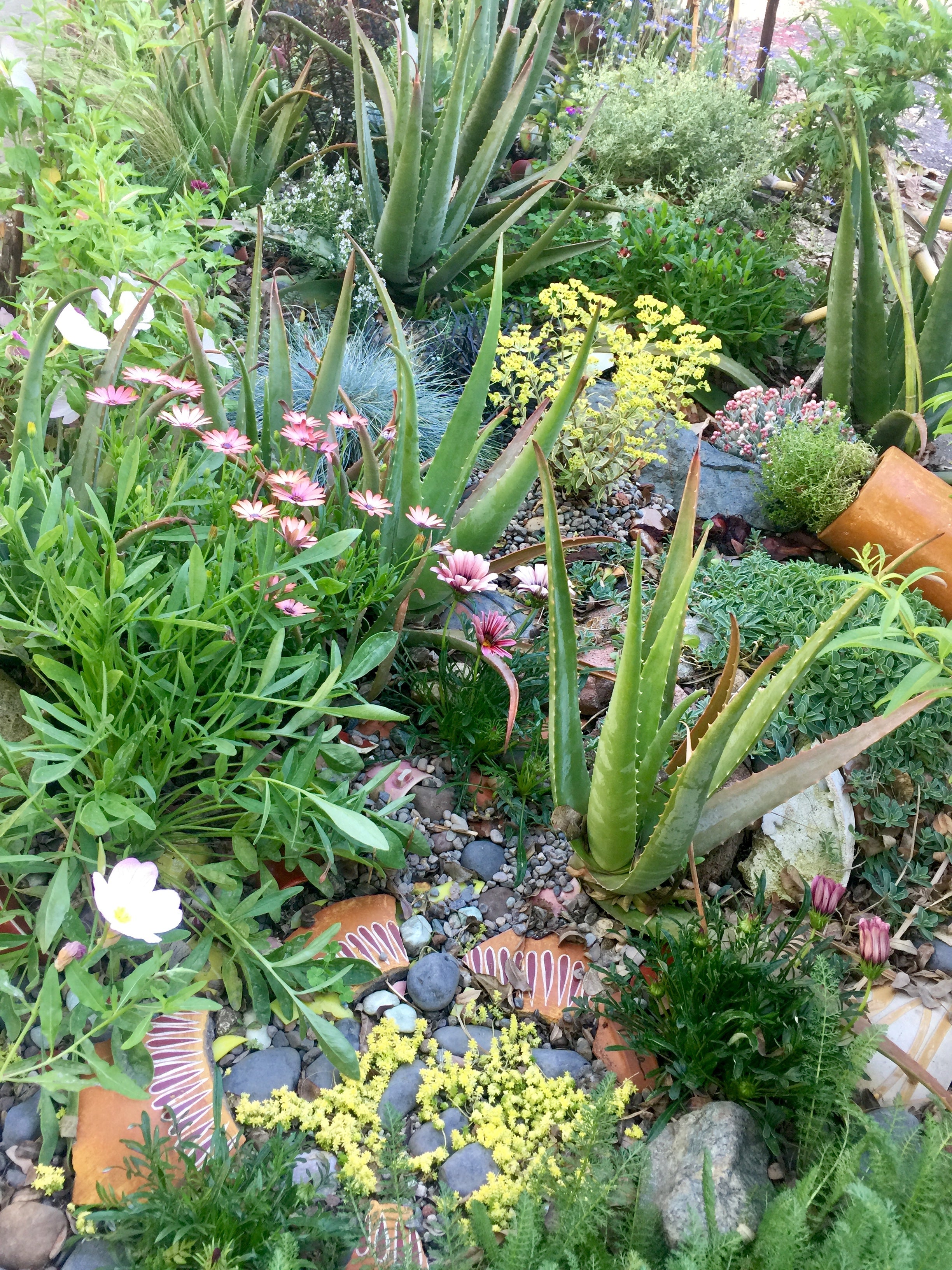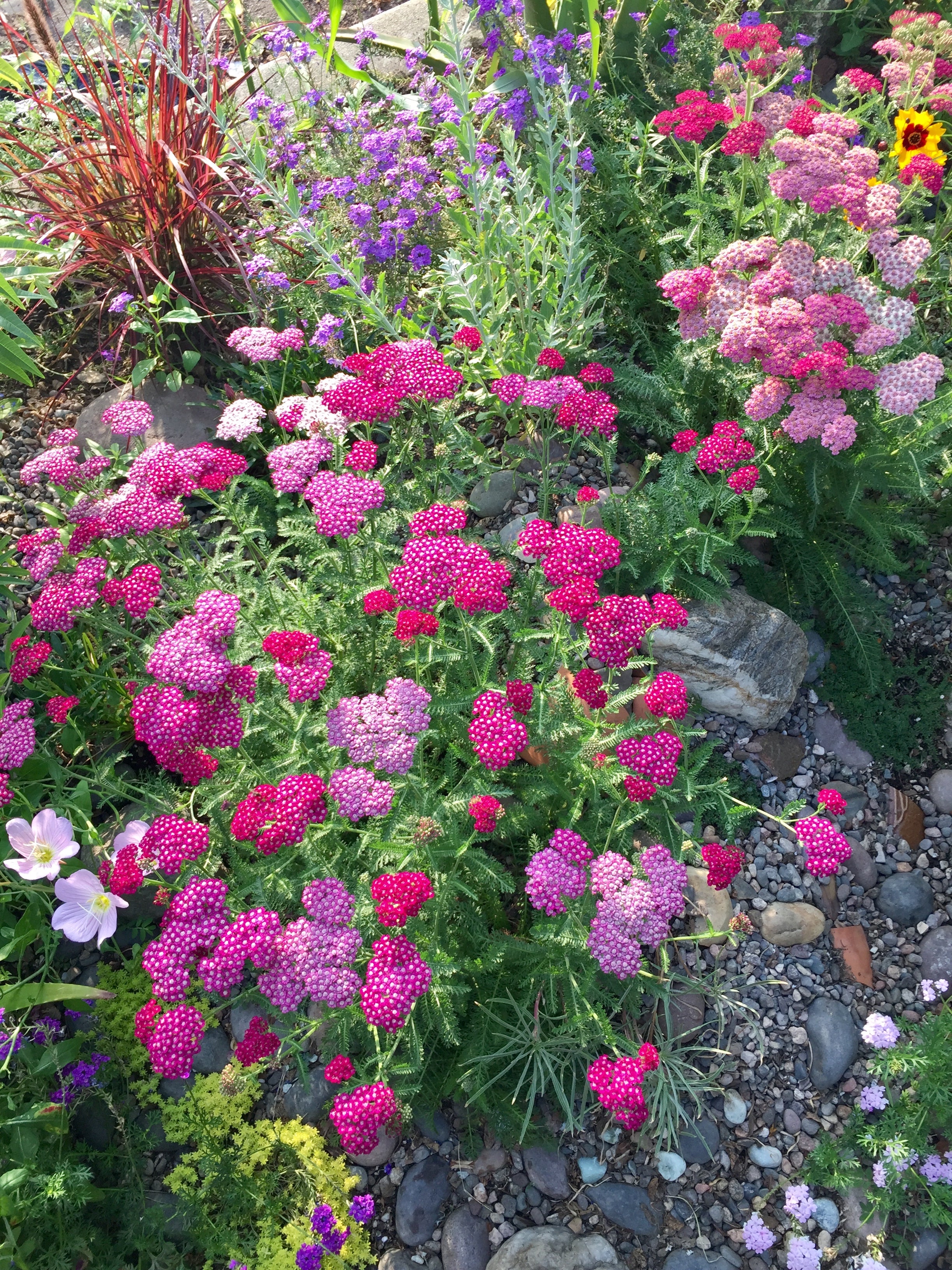Somewhere in the 20th century, moving into a big dumb house with a big dumb lawn became the American dream. Having a lawn is a sign of success, and working the lawn is in inherently masculine act.
But now, in on the precipice of climate devastation, our cherished traditions are in question. Thus, like single-use plastics and gas-guzzling Hummers, mowing the lawn might soon be a thing of the past.
Earlier this week, Slate published an article detailing how bad lawns are for the environment. In short, grass is the “single largest irrigated agricultural ‘crop’ in America,” which means homeowners “spend more than $36 billion every year on lawn care … spill about 17 million gallons of gas while filling up mowers … use tens of millions of pounds of chemical fertilizer and pesticides” and consume “50 to 75 percent of a residence’s water.”
And yet, as things tend to go with climate change, people cling to their beloved lawns even as the science against them mounts. Take it from redditor Procrastinator001, who whimsically defends the children in a thread wondering why Americans have lawns:
“Something a lot of people are missing is the sense of community that front yards provide. Especially when a lot of young families are on the same street … most of my childhood was spent in the front yard shooting hoops and being able to run up and down the yards of all the neighborhood.”
However, the tides are turning. Xeriscaping, or “zero-scaping,” is gaining momentum as homeowners decide to take some personal stake in climate change. There are even anti-lawn organizations popping up, like Food Not Lawns, which provides people with information and a community around turning their lawns into gardens. In Southern California, where historic droughts are already a pressing issue, re-doing your lawn in exchange for drought-friendly plants is incentivized by the government (although it’s been a rocky road).
But what of the heroes who take it upon themselves in this time of environmental crisis? The landowners who stand in opposition to their neighbors, homeowners associations and masculine tradition to do their part in building a more sustainable planet? I talked to a few of these Lawnless Men about what it was like to give up the grass. Spoiler: They’re not green with envy.
Don’t Fear the Neighbors
The first thing Alex Smith did when he bought his house in Washington State was to convert his grass lawn to a rain garden filled with native and edible plants.
“I am using very little water and the difference in pollinators is wild,” he tells MEL. “Bees love our flowers and we have to keep the deer from eating everything.”
And while dismayed looks from neighbors might keep others from converting their lawns, Alex says he’s heard “nothing but positive things” from his neighbors.
“I get tons of compliments,” he says, adding that it’s “also less work overall.”
All the initial work was a handful, Alex explains. “[I did] way more than most people would do, and I got it done in a few weeks while working full time. I was out there with a headlamp some nights, and my neighbors joked that I was burying bodies, but it was pretty low-barrier.”
Today, he says, he spends about an hour a week working in the garden, “but that includes weeding as well as harvesting food or medicinal herbs. If it were grass I’d be mowing weekly for an hour, but now at the end of the day I can pick some mint and make a mojito to sip on while I admire the garden.”
“I still have some grass lawn, because I have a dog,” he adds. “But if that weren’t the case, I’d have the back planted with natives and more food in a heartbeat.”
Grass Sucks Anyway
“I made the switch because I’m not a big fan of the way grass looks, it’s kind of just green and not that interesting,” says Isaac, a 24-year-old in Idaho. “Plus [the no-lawn lifestyle] reduces water usage and keeps it fairly low-maintenance. No one likes mowing a lawn in 105-degree heat, right?”
But removing his lawn wasn’t easy. Isaac says he spent 50 to 60 hours of work on weekends and after work “ripping up the sod; moving yards of dirt, compost and mulch; and getting plants in the ground.” In the end it was worth it, Isaac adds, “since I only spent a few hundred dollars on everything, but someone could easily spend 10 times that — especially if they pay someone to do the work.”
And he’s using much less water. By installing a drip irrigation system, Isaac ensured watering was “more controlled and only goes to where I want it.”
Sprinkling is an inefficient system, Isaac explains. “With a grass lawn and sprinklers, a lot of the water that shoots out gets swept away in the wind, evaporates before it can do any good or just misses its target and lands on your driveway.” But with a drip system, “you control every drop and waste nothing.”
Isaac grew up gardening with his mom, and says he hasn’t spent a minute missing his old lawn. “I have always loved the animals that flowers and other non-grassy plants bring in. I look at other people’s lawns and it’s boring grass, whereas I look at my yard and it’s a beautiful yard of flowers and shrubs,” he explains. “I feel as if the only thing grass is really good for is if you have a dog to run around in it, which is why I still have mostly grass in the backyard, but that will be changing soon.”
Gardening Is Work Worth Doing
Greg, a 44-year-old in Los Angeles, is on his third year of going lawnless. After the first year of getting his perennials up to speed, he says he’s using much less water than he ever did. Plus, he simply finds more enjoyment from all the changes a garden brings.
“Something’s different every day. The yard is now filled with hummingbirds, butterflies, ladybugs and at least one lizard. People stop and stare. I don’t remember ever seeing butterflies around before. And my yard is now edible — there are few greater satisfactions than picking a ripe fruit you grew yourself and eating it right in the garden,” he tells MEL.


Any downsides? “I grew corn last year but a neighbor didn’t care for it,” he laughs. But otherwise, Greg says the emotional payoff that comes from picking hot peppers from his lawn outweighs anything the lawn once brought him.
“Once I started gardening, any emotional attachment I had to lawns faded behind the thrill of picking my first hot peppers and making my first experimental sauce. If you haven’t had a snap pea off the vine, you haven’t had a snap pea.”
It’s a lot more work, Greg concludes, “but that’s the point. Anything good takes work. There are very few types of gardens that are truly no- or low-maintenance, and that’s fine — because being out there with your hands in the soil is a very good thing.”
Fight the HOA
And those who want to, but can’t due to pressure from the neighbors, or the ironclad law of their homeowners association. Angela, a 48-year-old in Washington, has been fighting her HOA for years.
“Everyone in my neighborhood, which is an average suburban neighborhood in the Pacific Northwest, has a lawn in front of their house,” she says. “But I feel like I’m giving up a useful patch of earth only to water and mow to maintain my property value.”
So, Angela had the idea to replace her lawn with vegetables, but the HOA stepped in. “I wanted to grow some vegetables, and the front yard was my prime location to get adequate sun, but unfortunately my HOA said no.”
She continues: “Our HOA is very active and has always been, in my opinion, a seemingly fair group. And honestly, I do not want to challenge them on the bylaws. Mostly, because I can understand where they are coming from. I don’t want my neighbors, the ones that rarely take care of their lawns, putting in gardens that they, then, rarely take care of.”
But Angela has her heart set on exchanging grass for vegetables, whether her HOA likes it or not.
“My plan is to sneak them in amongst the ‘front yard appropriate’ bushes and plants,” she says. “There is a house down the road, outside our neighborhood, that does this beautifully with rows of lavender and other native plants. I definitely see the environmental impact of the their native yard, birds, butterflies and bees are all flocking to their yard. It’s wonderful to see.”

